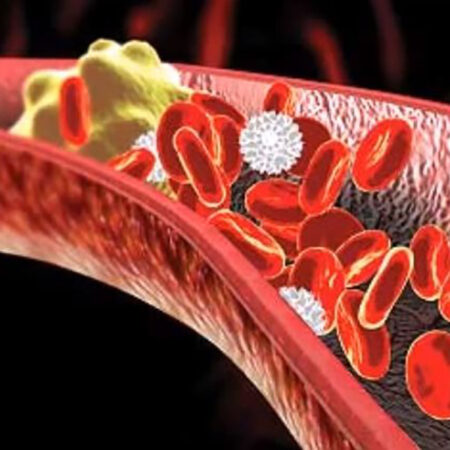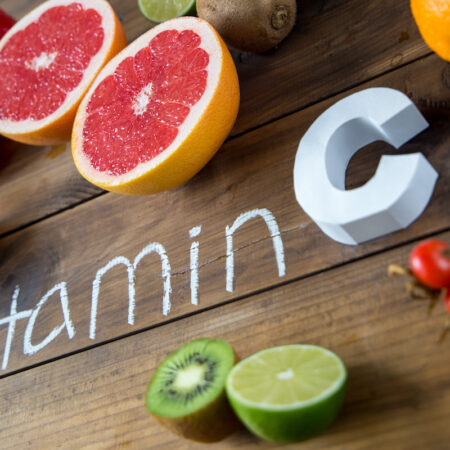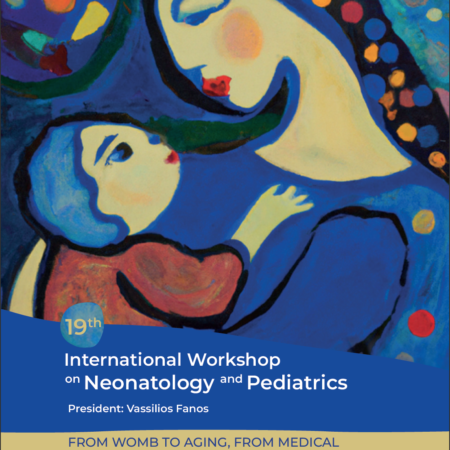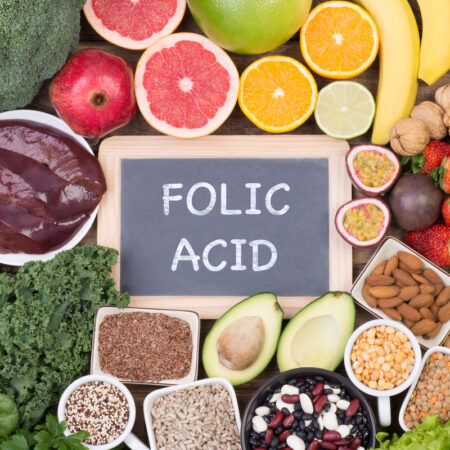Symptoms, conditions and risk factors: why check for glutathione deficiency
We have discovered how a glutathione deficiency, or rather, an inverse relationship between oxidized glutathione and active glutathione, is detrimental to our health. Yet, we have also seen that a physiological decrease occurs with advancing age. However, physiological does not mean inevitable!
However, there are conditions and risk factors that can compromise the endogenous production of glutathione by our liver and which are independent of our age. For example, due to a genetic mutation that inhibits the synthesis of glutathione starting from its enzyme glutathione synthetase. This is an inherited genetic disease – called pyroglutamic aciduria – which manifests as hemolytic anemia and metabolic acidosis, causing neurological disorders and vulnerability to bacterial infections, and which can be classified as mild, moderate or severe depending on the severity of the symptoms. It is therefore part of a group of rare metabolic diseases that we will not discuss in this study.
Other more common situations in which a glutathione deficiency can occur are when the body is in a state of intoxication. From metals, from drugs and/or chemical and narcotic substances, from alcohol, from radiation, from exposure to pollutants of various types. In these cases all the glutathione produced by the liver is used to try to eliminate these poisonous substances, and there is not enough left for the needs of the other organs. Other risk factors that can lead to a dangerous drop in glutathione are acute and systemic infections, surgical interventions and burns, i.e. all those conditions in which the immune system is put to the test and is severely weakened. Furthermore, also pay attention to nutritional deficiencies. We have seen how small amounts of glutathione are found in many fresh fruits and vegetables. But for us it is more important to consume those foods that contain the amino acids that our body uses to synthesize glutathione. We are therefore talking about cysteine, glutamate and glycine, plus sulphur. Where do we find them? Easily in chicken, beef, offal, and fish.
But how do we understand if we have a glutathione deficiency? In reality it is not simple. Large deficits entail serious health risks and are a consequence of the serious pathological conditions we have seen. But let’s keep in mind that:
After the age of 45, we all observe a decline in endogenous glutathione production.
Bad habits such as smoking, drinking too much, being sedentary, exposing yourself to the sun without adequate sun protection or carrying out jobs that put us in contact with harmful substances can anticipate and aggravate this physiological decline.
How do we fix it? First of all, as we will see, we should undergo appropriate tests and analyzes to understand what our glutathione levels are. Depending on the outcome, our age and our general health conditions, our GP, or the specialist who follows us, may decide to prescribe or recommend a glutathione-only supplement, or glutathione with other vitamins.
How to deal with a glutathione deficiency
There are several ways in which synthetic glutathione can be administered if a real deficiency is found. If, for example, this deficit is secondary to other primary pathologies that have already been diagnosed and require significant pharmacological treatments, the administration is done directly into the vein to obtain absolute and immediate effectiveness. This type of treatment is carried out with good results, for example on cancer patients (who are treated with chemotherapy), and parkinsonian patients to neutralize or at least limit the toxic effects of pharmacological therapies. Glutathione can also be taken by inhalation, through nasal sprays, especially for the treatment of lung diseases including cystic fibrosis. Attention: we are always talking about therapies that must be prescribed, dosed and monitored by doctors for the management and symptomatic treatment of important diseases.
Finally, we come to the simplest way of taking glutathione: the oral one. Studies have highlighted how the absorption of glutathione-based supplements is complicated by the fact that our digestive enzymes tend to destroy the active ingredients before they can reach the blood. The most effective type of glutathione supplements on the market are the so-called liposomal ones. Liposomal glutathione therefore consists of “pearls” in which a layer of highly bioavailable substances envelop and protect more delicate substances from the corrosion of gastric acids, such as synthetic glutathione. However, before taking any type of supplement, even the most apparently “harmless” and beneficial, it is advisable to talk to your doctor/specialist and avoid the dangerous do-it-yourself option. Synthetic glutathione can in fact cause side effects, and it is important to always be very cautious.
Having clarified this, we can still do a lot to stimulate our body to produce more endogenous glutathione. For example, by eating more foods that contain, as we have seen, the three amino acids and sulfur that the liver needs to “build” it. Following a diet rich in vitamin C is also useful, as is limiting or eliminating substances that intoxicate us, including smoking, excess alcohol, unnecessary over-the-counter medications, etc. Doing more exercise and protecting ourselves from the sun in summer are other excellent “glutathione-saving” strategies.
Would you like to know how much glutathione you produce? Our advice
To check your glutathione levels, you can simply carry out an analysis of organic acids, complete nutritional and metabolic profile with a urine test. With this test, 66 urinary metabolites will be analyzed and you will be able to obtain a complete overview of your nutritional values, checking for any vitamin and antioxidant deficiencies. A complete test that will allow your doctor to have a variety of fundamental data to personalize the treatment plan.













